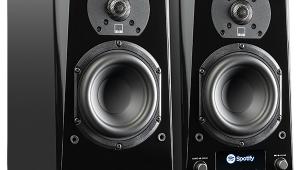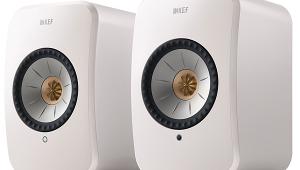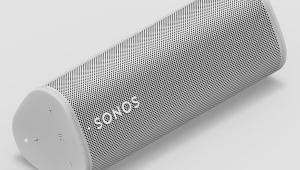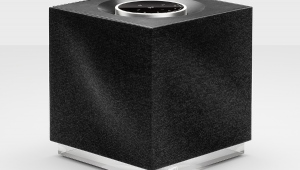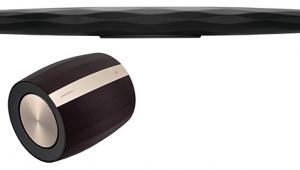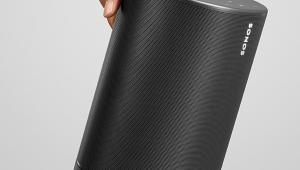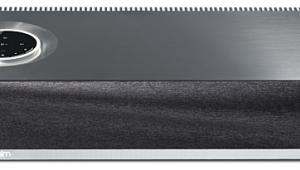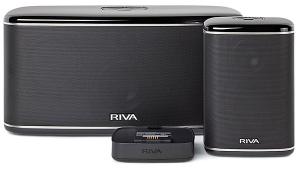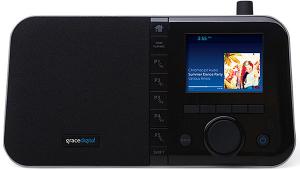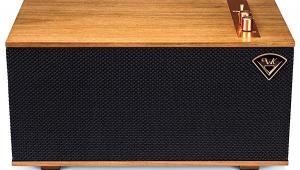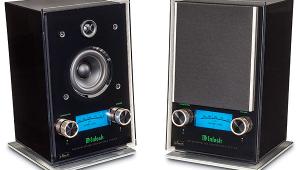Sonos Play:1 Wireless Speaker System
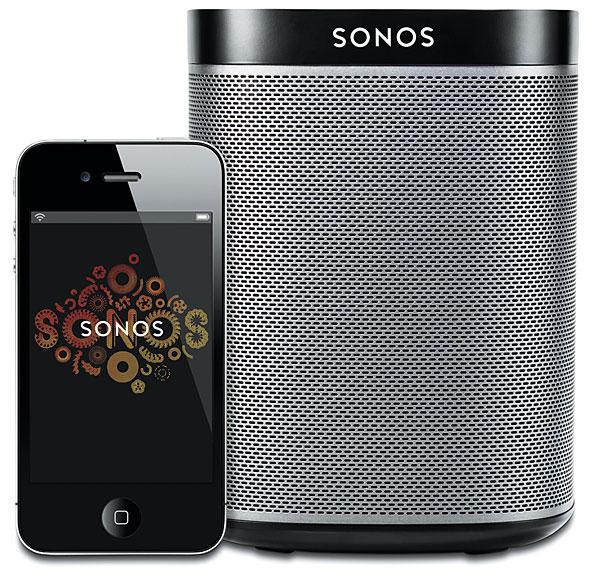
AT A GLANCE
Plus
Lowest price ever for a Sonos starter system
Attractive, décor-friendly design
Natural, unhyped sound quality
Minus
Needs near-wall placement or optional SUB to sound its best
THE VERDICT
The Play:1’s low price and natural sound quality make starting or expanding a Sonos system easier than ever.
At $199 each, the Play:1 represents the new low entry point for the Sonos multiroom wireless audio system. Connect it to your router, download the free controller app to your smartphone or tablet, and you’re ready to start building a wireless wholehouse music system fed by your personal music library or any of the dozens of streaming services now integrated with the system. If you’d rather put your Play:1 in a room distant from your router, you can buy the $49 Bridge adapter to make the one required wired network connection, and you’ll be free to add Sonos components wirelessly all over the house.
Not surprisingly, the Play:1 is the smallest of the three standalone speakers in the Sonos line, and it’s the prettiest. A squat rectangular column that stands 6.5 inches tall and about 5 inches square, it features gently rounded corners, either white or black end caps at the top and bottom, and a wraparound metallic- or graphite-look grille depending on color. Compared with the larger Play:3 ($299) and much larger Play:5 ($399), the Play:1 looks less like a speaker, takes a smaller footprint, and is surely more designer friendly. The 4-pound speaker feels solid, and the volume rocker and play/pause button up top offer good resistance and a reassuring click when engaged (hit the button once to pause or play, twice to skip tracks). The power cord connector (sorry, no battery operation) is nicely hidden below the bottom cap, and the back side features a single Ethernet port and 0.25-inch threaded insert for a wall bracket.
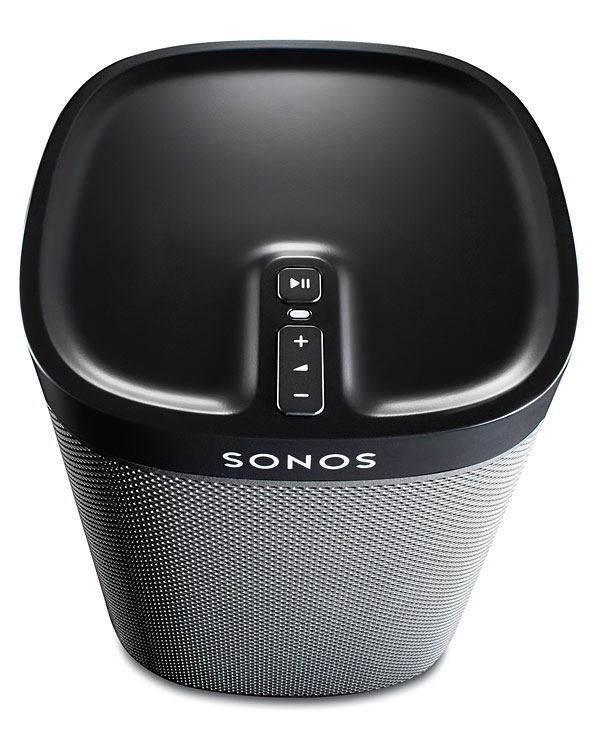
Inside the Play:1’s sealed, humidity-resistant cabinet are a pair of Class D amps (of unspecified power) driving a single 3.5-inch high-excursion aluminum-cone woofer and a 0.75-inch silk-dome tweeter. This is a monophonic speaker that will combine both channels of a stereo signal, but the Sonos app allows you to configure two Play:1s as a stereo pair. They can also be used as surrounds for the Sonos Playbar soundbar (review at soundandvision.com).
Sounds Like Sonos
Sonos sent me two Play:1s that I was able to test as a stereo pair with and without the Sonos SUB subwoofer ($699) I already had on hand. Setting them up on stands out in my listening room revealed what I’d call the characteristic Sonos sound: subjectively neutral and unembellished, spacious and engaging, though decidedly bass shy in this particular installation. Sonos has a reputation for having a good collective ear and not trying to make a speaker do more than its physics intend (beyond pushing the limits with a little DSP magic), so you won’t find artificially boomy midbass here. When I placed the Play:1s out in the room with no nearby walls, test tones and an SPL meter suggested output that rolled off pretty rapidly below 100 hertz or so. That’s not unreasonable for a mini-monitor of this size, but it’s hardly soul-satisfying. On “Moonlighting,” from The Rippingtons album of the same name, the image created by the outdoor sounds of crickets, birds, and other animals was convincingly wide and tall, though a little stuck to the speakers depth-wise. But, on this and other tracks with more driving bass, such as Sheryl Crow’s “What I Can Do for You,” the lower octaves were sorely missed, even after using the Sonos app to crank up the bass EQ and turn on the loudness function.
Lesson learned: This sweet little speaker, if it’s to stand on its own, needs and wants boundary reinforcement. When I resituated the pair to my kitchen and tucked one into each corner nook of a long countertop, I heard much fuller sonics that never left me wanting for the big sub. Here, the Play:1s were outstanding for background music and convincingly threw vocalists to the center of the room. They played quite loud as well for such a small speaker, thanks in part to the digital signal processing.
Later, I moved the Play:1s back down to my office and found that they really excelled as desktop monitors. Placed 5 feet apart and 5 inches off the back wall, the sweep tones suggested they stayed relatively flat to about 80 Hz, then got a little bump around 60 Hz that gave them a pleasantly warm tonal balance as they delivered a small but highly dimensional image to the sweet spot. A micro-sized Frank Sinatra belted it out from just above my laptop screen, singing just for me. He made me feel so young!
Conclusion
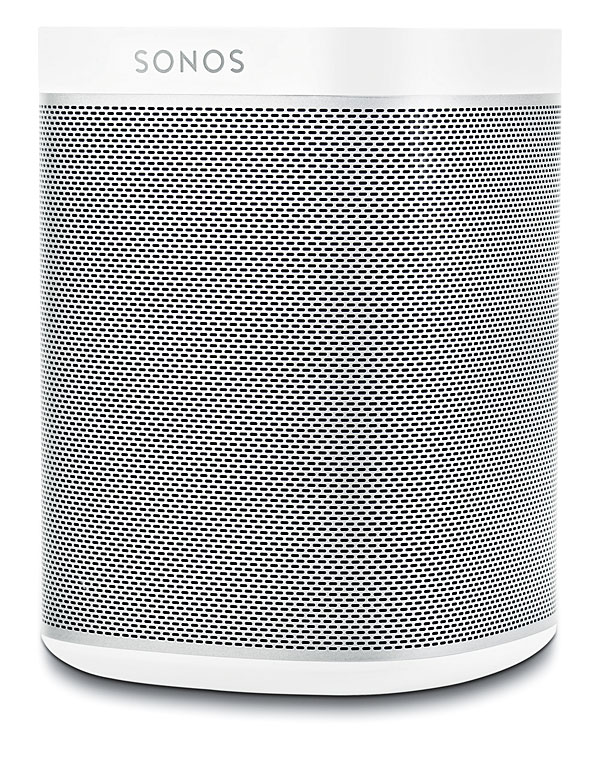
There are many high-performance wireless Bluetooth speakers out there, but none of them offer the multiroom options of Sonos’ app-based control system. That explains why Sonos has suddenly been barraged with new competitors hoping to hone in on their turf. But the brand that got the early start still seems to offer the best value in terms of depth of product and content offerings, and in audio performance. This respectable $200 starter/expansion kit should make them even harder to catch.

